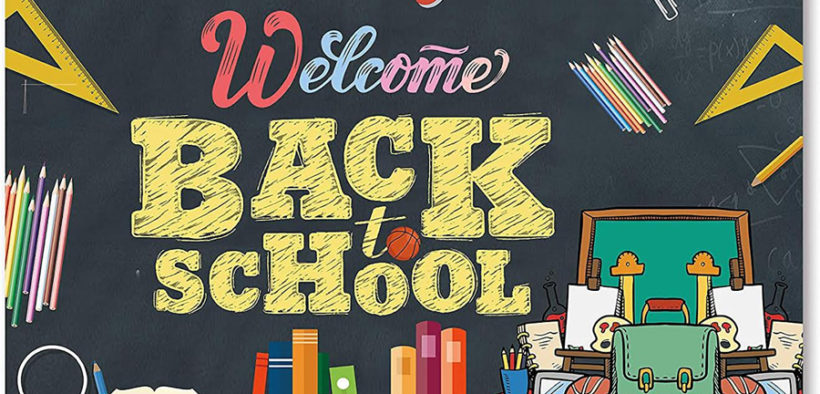Practical Techie: High tech supports back-to-school amid persistent pandemic

As thousands of students return to the classroom amid this last pandemic semester of 2021, the new mixed reality of transferring knowledge from teacher to students via online or a physical classroom makes learning and teaching more challenging than ever before.
This year’s reality is a hybrid live and virtual flow of lessons, an experience teachers and students honed to functionality during the entire, tough pandemic year of 2020. Each education department in Puerto Rico or the mainland will need to proportion out how much teaching will be live, how much online, so there is no fixed formula.
Foremost for all government officials, teachers, parents, and students is to prevent the spread of Coronavirus in the school scenarios, that is, proportioning health safety with learning.
PLATFORMS — There are thousands of online services to help students pave their way through classroom courses of every shade and level. One example of those tough disciplines such as algebra, geometry, and computer sciences is brilliant.org. It offers students simplified explanations of how mathematics work and how it applies to real-life applications.
GOOGLE — One major player in the back-to-school scenario is Google.com. It takes to the classroom technology with tools to “empower” educators under what it calls “Google initiative for Education.” The cloud tools are available to teachers in many parts of the world, and all major languages.
One is G Suite for Education, which includes Workspace apps such as Drive, Meet, Forms, and others with more focus on academic use. Soome of the tools are open source (free), others by subscription. The initiative includes Google Classroom, a platform that allows teachers to create classes, set assignments and maintain communication with their students from home. Instructors can assign grades, homework, and annotations to individual students, or as a group.
Google’s Teacher Center helps educational centers, or the parents to keep tabs of online teaching procedures and student performance. In terms of virtual classrooms, the Teach at Distance application provides tools to set up an online school room that is functional and safe, including options for collaborative teaching and learning from any place, at any time and with any device.
YOUTUBE — This platform is a space for teachers and students to share their work. Also educational reference content from creators, known as EduTubers, so that students users can review a specific lesson or prepare an exam. There are many educational sites on Youtube with their pertinent handles. One is #EnCasaAprendo which is for subjects such as Spanish, English, science, math, social studies, fine arts, and physical education, The other is #Teacher León for humanities, history, and psychology.
SPANISH — WIPR offers #EnCasaAprendo, an entertaining way to learn from the curriculums of Spanish grammar, English, science, mathematics, social studies, fine arts, and physical education. Colombian educator Julio Rios Gallegos has a large collection of teaching videos to tweak with arithmetic tests or algebra homework. His lessons are simple and with a pedagogic repetition system, to help solve math doubts, common or complex.
Students with interest in the engineering fields can benefit from Marisol Maldonado’s channel. She shares tips to help all those stuck with engineering math.
Another helpful science conduit online is Cdeciencia with videos about physics, astronomy, the universe, and scientific news content. More generic in the order of social content is ¿Habias pensado? with educational material on psychology and society in general.
This one, Educatina is for making learning of about world events, math, science, and languages. Idiom channels are galore, including making the learning of English more palatable for non-vernaculars, a boon for especially secondary level students.
HUMANITIES — To topple the difficult subjects of philosophy at high school and university levels, and about the minds of renowned world thinkers this channel is a safety net: Abstracts Entelekia, by Argentine professor Félix Díaz.
All this educational content is available through videos, podcasts, graphics mainly through youtube.com and Pinterest allowing for students and teachers to pause, reread, listen or return as many times as necessary and seek different techniques and explanations to solve a problem and to understand a subject well.











